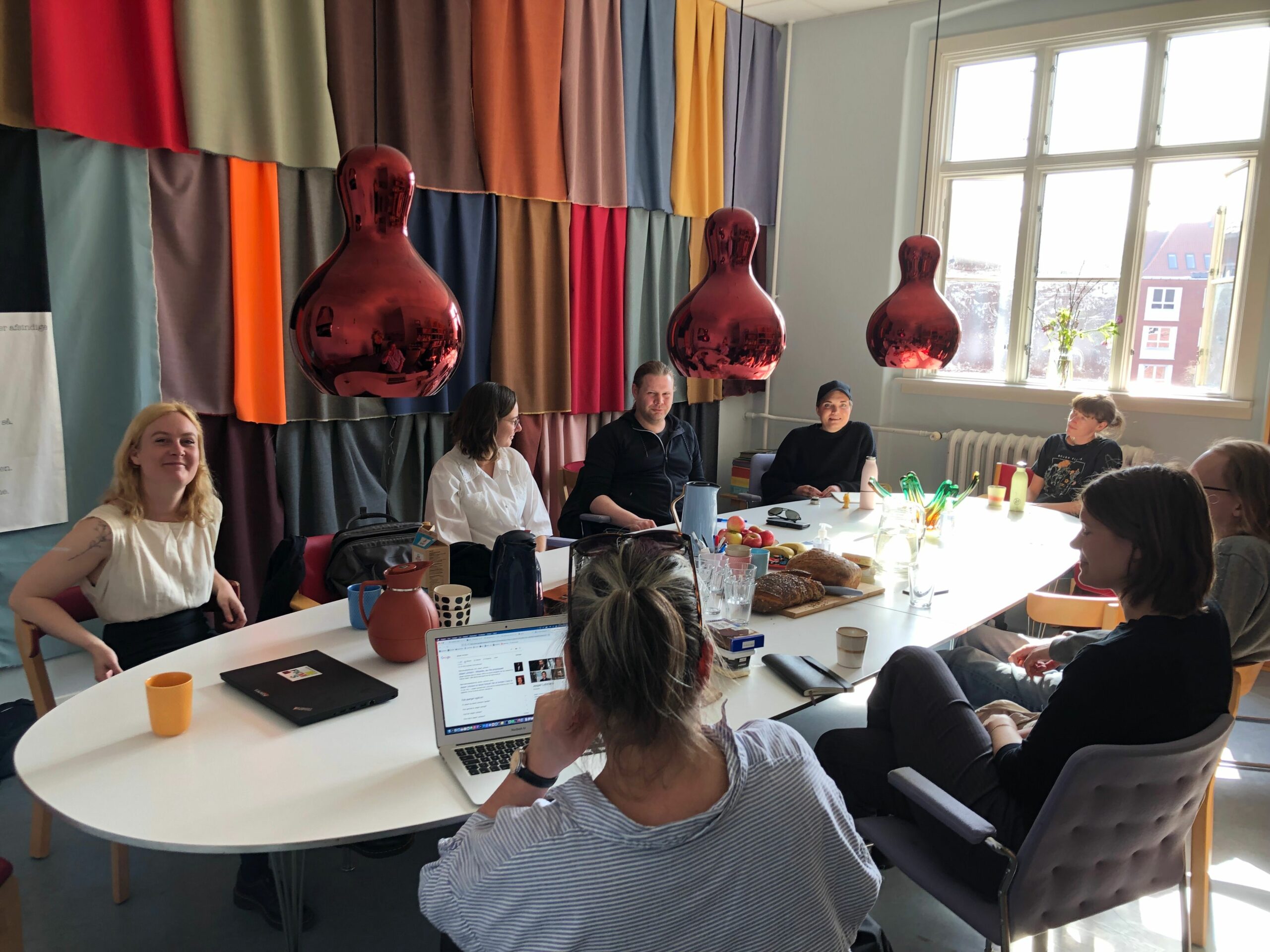

Normally we wouldn’t consider it possible to travel back in time. And of what seems just as magical is to bring back memories within a person suffering from dementia. Both things are - although hard to believe - happening at the open-air museum Den Gamle By in Aarhus, Denmark.
Since 2004 they have perfected an Arts and Health intervention targeted people suffering from dementia using their museum facilities as well as their wide knowledge on cultural history. Today they offer daily visits for people suffering from dementia together with their caretakers or relatives. During their visit they travel back in time to the 1950s in an immersing experience involving all senses.
Developing A Time Travel
To make the time travelling possible different professions came together on the project. The group consisted of Birgitte Kryger, employed at the municipality of Aarhus with knowledge about people suffering from dementia, Tove Engelhard Mathiassen, a curator at the museum specialized in home interior and Henning Lindberg, also from the museum who is a professional educator.
After making the first pilots of the project and seeing the clear responses it activated in the participants, they decided to initiate research following the project. Here they collaborated with professor in psychology Dorte Berntsen from Aarhus University. She was able to guide further in developing the project. For instance, she suggested that they should aim to recreate the century where the participants were in their youth. According to research, this is the life period that people remember the best. And so, they decided to recreate the 1950s.
Over the years the group has been perfecting the intervention considering every detail from disabilities of the visitors to the kind of toilet paper used in the 1950s. In 2012 the museum received funding for building an exact replica of a 1950s middle class apartment, furnished just as an apartment from that period. The apartment even has a 1950s stairway leading up to it and shops on the ground floor. They call it The House of Memory.


The House Of Memory
The time travel journey is guided by an experienced host from the museum and takes around two hours. Days before a visit the host gathers information about the visitors by contacting the day care centre to hear about the former lives of the visitors.
The intervention is based on a fixed dramaturgic form but are also meant to make room for improvisation depending on the interaction with the visitors. It already starts when the participants enter the stairway. Here there have been placed objects that can activate different senses, e.g., a bucket with old fashioned soap, music from the neighbor’s apartment. This also gives the guide an indication of what senses are active within the participants.
The participants have been told that they are invited for coffee at the place. And so, when they ring the doorbell, they are invited in as guests by an actor playing the housewife of the home. During their visit they are invited to help with typical activities from that time, for instance making coffee, set the table etc. This is also a way of giving the participants a feeling of being able to contribute and to be seen as an individual. After drinking coffee, they move to the living room for music or singing. The atmosphere during the visit is warm and homely and often the participants are able to socialize and even tell stories from their lives. According to Henrik Lindberg, it is a big misunderstanding that people suffering from dementia cannot be social and enjoy socializing. They just need more guidance to do so.
The overall aim of the intervention is to have the participants remember events from their lives that they normally don’t have access to, due to their disease. To reminiscence both has effect on the participants well-being after the intervention and helps the caretakers to better understand the people suffering from dementia and see the person behind the disease.


Results And Hopes For The Future
The overall results from the research point out that the participants get more glimpses of memories in the context of the museum than in their normal surroundings. They express more joy and happiness and are able to socialize with others and reflect on their lives. There is also continued effects time after the visit, indicating that the general condition of the participants improves; they are less violent and seem happier than before.
You can read the evaluation of the project and other similar projects from Europe *HERE*
This project in Den Gamle By in Aarhus has developed in several directions since the beginning in 2004. Today they have around 2000 people through the house of memory each year. They have started courses for health care assistants about how to interact with people suffering from dementia. Here focus is on ways to preserve everyday abilities when suffering from dementia and to promote a sense of control. This is all ways to help the people with dementia to hold on to their identity.
Furthermore, the team behind The House of Memory are working on ways to bring the experience out to the nursery homes in another form. In that way more people can benefit from the effects of the intervention.


